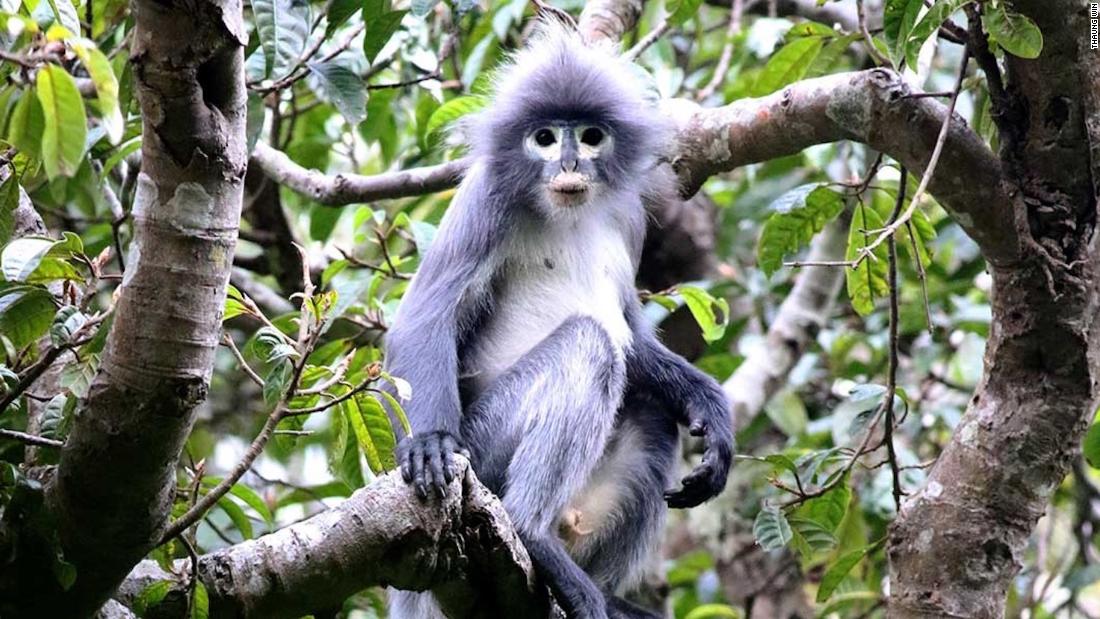7667766266
enquiry@shankarias.in
Researchers have developed a nanoantenna made of DNA and polyethylene glycol (PEG) to study changes in the structure of protein molecules.
Reference
Major U.S. cities like New York bore the brunt of the blizzard, which their National Weather Service confirmed intensified into a “bomb cyclone”.
Reference
Reference
Union Finance Minister has announced the launch of the Digital Rupee 2022-2023 onwards.
Reference
The World Wildlife Fund’s report on the greater Mekong region highlights the need to protect the rich biodiversity and habitats in the region.

Reference